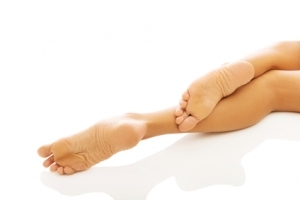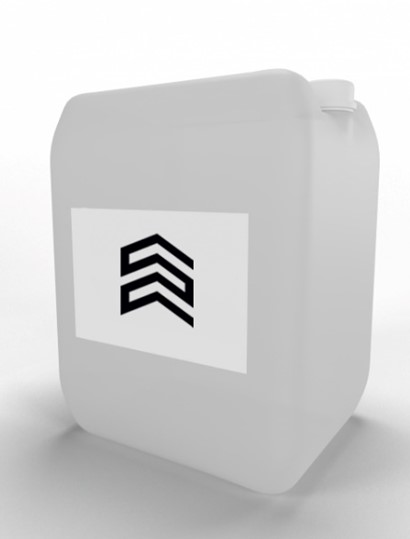The Great Benefits of Good Old Pigsty Whitewash
Intestinal disorders continue to be a major concern in the swine industry as diarrhea leads to sickness in piglets and young. US pig company Maschhoffs has partnered with porcine disease experts to paint a picture of a more holistic approach to solving intestinal problems in pigs, going beyond conventional antimicrobial treatment.
As a result, among a long list of causes of diarrhea in pigs and possible solutions, one particular production practice has been identified that has a significant impact on gut HEALTH in nursery and nursery piglets.
it is known that care for the health of the intestines of pigs begins even before farrowing. And in the farrowing area, whitewashing has been identified as the best potential solution to improve hygiene and protect the intestinal health of piglets at an early stage.
Whitewashing is the practice of hydrating and quenching a lime mortar and then applying the solution to cover surfaces in the farrowing unit, in simple terms, it is an affordable disinfectant that is as effective as alternative formulations, and sometimes even superior. Why is whitewash replaced with something else? Probably due to the need to purchase special equipment for mixing and application, as well as safety precautions due to the caustic nature of the product. But that same high alkalinity makes it possible to reduce pathogens more effectively than some other types of commonly used disinfectants (and less alkaline ones).
One of the pathogens considered in the study was Isospora suis, which causes coccidiosis in piglets. All safety precautions and PPE were used in the whitewashing of the premises, including goggles, boots with safety socks, chemical goggles, rain gear and chemical resistant gloves. The room was allowed to dry completely.
When comparing whitewash with a popular pigsty disinfectant, whitewash proved to be the best in controlling the prevalence of diarrhea in piglets at three days of age and, accordingly, in reducing pre-weaning mortality.
Since then, the company has introduced whitewashing as a system-wide tool, which has greatly improved sanitation. Thus, not all old methods are unnecessary in modern pig production. Some are quite applicable in today's realities with good results.
Read together with it:
- В Приморье владельцу коз вынесено предупреждение за игнорирование ветеринарных мероприятийПо информации управления, владелица частного подворья, Чернуха Г.В., отказалась предоставить для осмотра и проведения ветеринарных процедур 14 коз. Согласно российскому законодательству, владельцы животных несут ответственность за их здоровье и обязаны проводить профилактические мероприятия, направленные на предупреждение болезней. В управляющем органе подчеркивают, что владельцы животных обязаны ...
- Аргентина: SENACSA усиливает национальную кампанию против бруцеллеза крупного рогатого скотаВ каждом пункте отбор проб проводится при содействии специалистов Фонда охраны здоровья животных (Fundasa), отдавая приоритет самкам, уже родившим. Первые результаты уже дают важную информацию о состоянии здоровья животных. «Бруцеллёз — эндемичное заболевание по всей стране, и мы должны это учитывать. Эта кампания направлена не только на выявление риска, но и на сокращение числа инфицированных ж...
- В Гомельской области мужчина выстрелил из пневматики по ногам дочери, возбуждено уголовное дело18 сентября, Минск. В Гомельской области нетрезвый отец выстрелил из пневматического пистолета по ногам своей дочери, возбуждено уголовное дело частного обвинения. Об этом БЕЛТА сообщили в службе информации прокуратуры Гомельской области.Прокурор Октябрьского района возбудил уголовное дело частного обвинения в отношении 42-летнего местного жителя - ему инкриминировано умышленное причинение легкого...
- Uruguay Changes Meat Market: What Argentina Can LearnThis difference reflects two production and trade models that currently give Uruguay a privileged position in the international market. According to a recent report from the United States Department of Agriculture (USDA), forecasts for 2026 show Uruguay's exports reaching 520,000 tonnes of carcass equivalent (CWE), the second-highest level in the country's history. Meanwhile, the country's total m...
- Новое видео на нашем канале: Секреты упитанности жеребцов: откуда берётся вкусное мясо? Как распределяется жир у лошадей?Что вкуснее - мясо жеребца, только что пришедшего с пастбища, или с откорма? Почему жеребец, казавшийся самым крупным, может удивить на весах? Казалось бы, всё просто: чем жеребец больше, тем мяса больше. Но так ли это на самом деле? В этом видео мы вместе с опытными коневодами проверим жеребцов на весах и поговорим о конине. В этом видео показано, как проходят отбор и оценка жеребцов мясо молочно...






























































